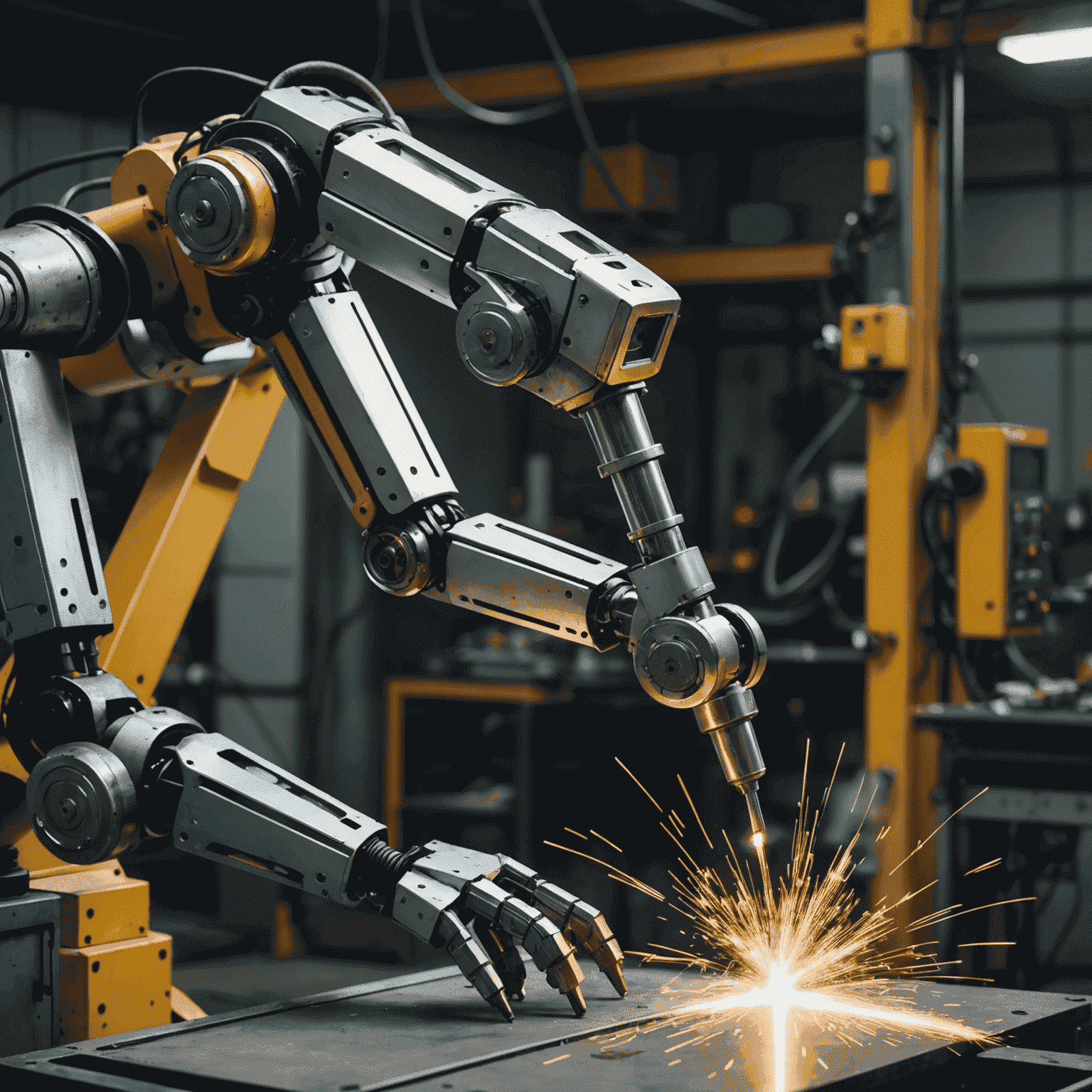The Rise of Industrial Robots in Modern Manufacturing

In recent years, the adoption of industrial robots in manufacturing has seen a significant surge. Factories across various industries are increasingly turning to robotic automation to boost productivity, enhance efficiency, and optimize their production processes.
Industrial robots, with their precision, speed, and ability to work tirelessly, are revolutionizing the manufacturing landscape. These sophisticated machines can handle a wide range of tasks, from welding and assembly to painting and packaging, with remarkable accuracy and consistency.
One of the key benefits of integrating industrial robots into factory operations is the substantial improvement in productivity. Robots can work around the clock without breaks, reducing downtime and increasing output. They can also perform tasks faster and with greater precision than human workers, minimizing errors and ensuring higher quality products.

Moreover, industrial robots are transforming labor dynamics within factories. While there are concerns about job displacement, the reality is more nuanced. Robots are often deployed to take over repetitive, hazardous, or physically demanding tasks, allowing human workers to focus on higher-value responsibilities that require critical thinking, problem-solving, and creativity.
As the cost of robotic technology continues to decline and their capabilities expand, more and more manufacturers are recognizing the potential of industrial robots. From automotive and electronics to food processing and pharmaceuticals, robots are becoming an integral part of modern manufacturing operations.
The rise of industrial robots is not just about replacing human labor; it's about augmenting human capabilities and creating a more efficient, productive, and competitive manufacturing ecosystem. As we move into the future, the synergy between human ingenuity and robotic precision will undoubtedly shape the landscape of industrial production.